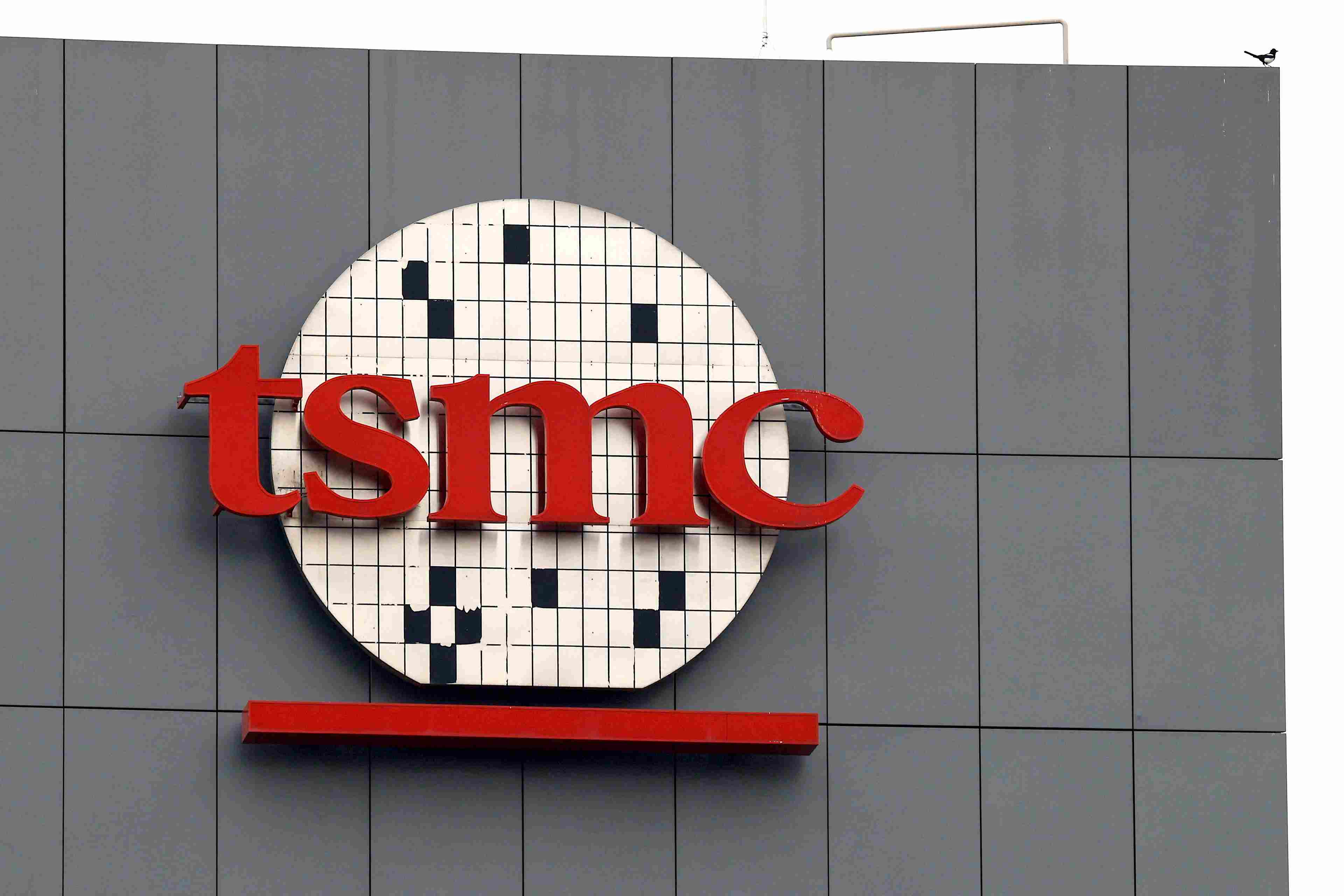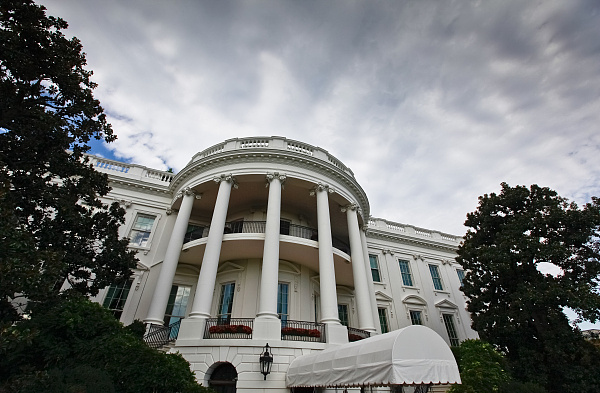
On February 20, a piece of news stirred up waves in the field of technology and finance: the global chip foundry giant TSMC, under the chain reaction of declining stock prices, its market value slipped to $1.042 trillion, falling out of the top ten in the world, ranking 11th. Why did the semiconductor king, which once sat firmly in the top 10 global market value, suddenly fall? What kind of waves will this event make in the global semiconductor industry?
The trigger for all this came from US President Donald Trump's tariff threat. On February 19, Trump announced that he would impose 25% tariffs on cars, semiconductors, chips and other products in the following month. The semiconductor industry is extremely sensitive to policy changes, and the market reacted instantly to this news. Investors are worried that after the implementation of tariffs, TSMC's production costs will increase sharply, and its profit margin will be severely compressed, so they have to sell shares. At the same time, Bloomberg previously reported that the United States is pressuring TSMC to fully take over the operation of Intel's semiconductor plant in the United States, which triggered concerns about the risk of TSMC's technology outflow and rising operating pressure, further aggravating the market panic.
For TSMC, this is undoubtedly an internal and external crisis. From the perspective of the external environment, the policy intervention of the United States has made TSMC's layout in the global market face great uncertainty. As one of the world's largest semiconductor consumer markets, the tariff policy of the United States directly affects the price competitiveness and market share of TSMC products. Once the tariff is landed, the cost of TSMC's chips exported to the United States has increased, and customers may turn to other chip foundries with lower costs, which will be a double blow to TSMC's customer resources and revenue.
At the internal operational level, the pressure to take over Intel's factories cannot be underestimated. Intel's factory technology system is complex, and there are differences with TSMC's own technical route, and the integration process is bound to face many problems such as technical adaptation and personnel management. And the risk of a technology exodus hangs like the sword of Damocles. The key to TSMC's dominance in the global semiconductor foundry field lies in its leading technology and rich technology accumulation. Once technical secrets are leaked and imitated by competitors, TSMC's core competitiveness will be greatly reduced.
From the perspective of the global semiconductor industry pattern, TSMC's market value falling out of the top ten is a landmark event, indicating that the industry pattern is quietly changing. For a long time, TSMC has dominated the global chip foundry market with its advanced process technology and huge production capacity, and is a bellwether for the development of the industry. Now its setbacks have given other competitors the opportunity to "overtake the corner". Samsung, Intel and other semiconductor giants will inevitably seize this opportunity to increase investment in research and development, expand market share, and a new battle for market share may have begun.
This incident has also made the global semiconductor industry chain realize that there are huge risks in over-reliance on a single region or enterprise. In order to reduce risks, countries and enterprises have accelerated the construction of an independent and controllable semiconductor industry chain, increased investment and subsidies in the semiconductor industry, and promoted the development of local semiconductor enterprises. This will prompt the global semiconductor industry to develop in a more diversified and decentralized direction, and the competition in all links of the industrial chain will become increasingly fierce.
TSMC's market capitalization fell out of the top 10, but a microcosm of the semiconductor industry change. In the future, with the continuous progress of technology and the intensification of market competition, the semiconductor industry will also face more uncertainties and challenges. But it is also in this kind of change, new opportunities are quietly gestation.

Below is the English translation of the text, with precise handling of political terms, consistent sentence structures, and preservation of the original’s analytical tone and logical flow:
Below is the English translation of the text, with precise …
On December 15 local time, Trump took the British Broadcast…
In recent years, the application of artificial intelligence…
According to Yahoo US media reports, the recent remarks of …
After 11 years of waiting in the deep sea, we finally have …
On December 17, 2025, the newly renovated American "Preside…